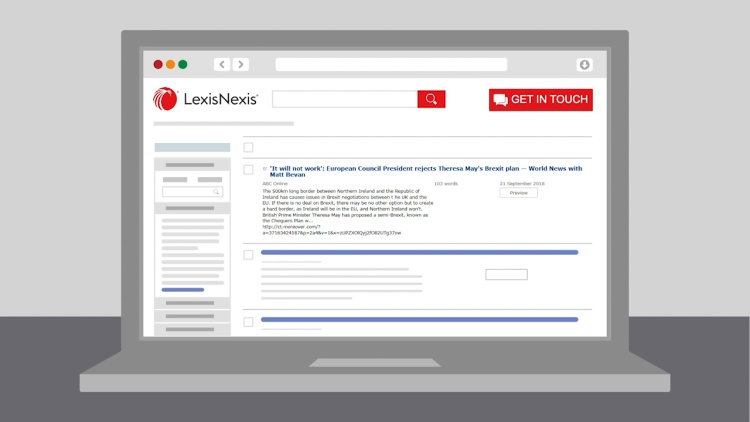New York Times Company, Inc. v. Tasini
United States Supreme Court
533 U.S. 483 (2001)
- Written by Nicholas Decoster, JD
Facts
The New York Times Company, Inc. (New York Times) (defendant) had a history of employing freelance authors to bolster the editorial content of its publications. Generally, the freelance authors would register the copyrights in their own articles, and the New York Times would then register a copyright in the collective work in which the articles appeared. The New York Times eventually began to license the text of the collective works to electronic-publishing companies, which took the individual articles contained in the collective works and transferred the articles into searchable electronic databases. When returned in a search, each article was viewed in isolation without the context of the original collective work. The agreements between the freelance authors and the New York Times did not authorize the reproduction and distribution of the articles into an electronic database. In 1993, a group of freelance authors (plaintiffs) brought a copyright-infringement action against the New York Times and the electronic publishers. The district court granted summary judgment for the New York Times, finding that the collective-work copyrights were transferable and that the reproductions in the electronic databases were permissible. On appeal, the court of appeals reversed the decision, holding that the copying of articles into databases was not privileged under the New York Times’s collective-works right. The New York Times appealed the decision.
Rule of Law
Issue
Holding and Reasoning (Ginsburg, J.)
What to do next…
Here's why 899,000 law students have relied on our case briefs:
- Written by law professors and practitioners, not other law students. 47,000 briefs, keyed to 994 casebooks. Top-notch customer support.
- The right amount of information, includes the facts, issues, rule of law, holding and reasoning, and any concurrences and dissents.
- Access in your classes, works on your mobile and tablet. Massive library of related video lessons and high quality multiple-choice questions.
- Easy to use, uniform format for every case brief. Written in plain English, not in legalese. Our briefs summarize and simplify; they don’t just repeat the court’s language.





